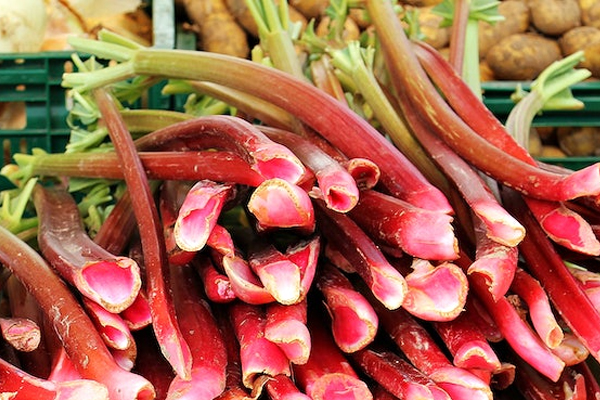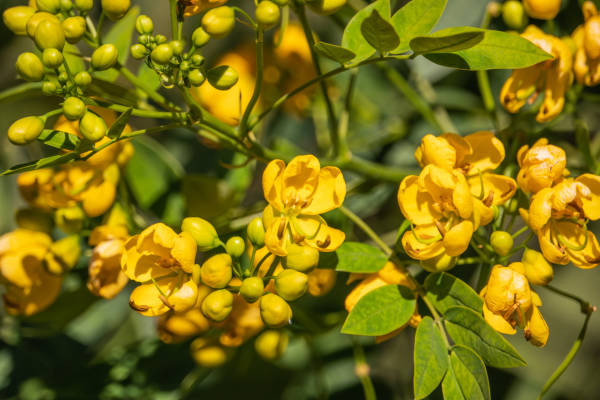Description
Some Reasons Why Detox Is Important
- Removes toxins, Acids and mucus on a deeper intercellular level, increasing bowel movements to 3-6
times daily. - Not habit forming.
- Extensive cleaning on the intra-cellular level increasing bowl movements to more than 4 times daily.
- Simultaneously conditioning the digestive tract while providing mineral nourishment during the cleansing process.
Ingredients of Detox
Red Clover
Red clover, an herbaceous plant with its distinctive dark-pink hue, originates from regions spanning Europe, Asia, and North Africa. The flowering segment of red clover not only holds aesthetic appeal as an edible garnish but also serves as the basis for extracts and essential oils. This herb is steeped in traditional medicinal use, addressing a spectrum of conditions including osteoporosis, heart disease, arthritis, skin disorders, cancer, and respiratory ailments like asthma and whooping cough. It finds particular application in women’s health concerns, ranging from menstrual to menopausal symptoms. Red clover emerges as a noteworthy source of
various nutrients, boasting the likes of calcium, chromium, magnesium, niacin, phosphorus, potassium, thiamine, and vitamin C. The plant’s significance extends to its richness in Isoflavones, which are compounds exhibiting estrogen-like qualities commonly found in numerous plants. Red clover contributes to blood purification through its dual roles as a diuretic, facilitating the elimination of excess fluids, and an expectorant, aiding in clearing the lungs of mucus. Moreover, red clover is recognized for enhancing circulation, and it contributes to liver cleansing efforts.


Rhubarb
Rhubarb boasts a wealth of antioxidants, prominently featuring anthocyanins (which impart its red hue) and proanthocyanidins. This robust antioxidant composition encompasses antibacterial, anti- nflammatory, and anti-cancer properties, conferring protective benefits against a gamut of health concerns such as heart disease, cancer, and diabetes. The roots of rhubarb trace their origins to China, where they were initially harvested and dried for medicinal purposes. Presently, rhubarb thrives in temperate climates across northeast Asia, North America, and northern Europe, cultivated both outdoors and within greenhouses. Rhubarb contributes to the enhancement of digestion and gut well-being, facilitated by its fiber contentthat aids in preventing constipation. Moreover, its abundance in vitamin K plays a pivotal role in bolstering bone density and mitigating fracture risk. Additionally, the consumption of rhubarb extract has been associated with improvement in liver health.
Senna Leaf
Senna leaf originates from the plant Senna alexandrina P. Mill (Leguminosae) and holds anthraquinone glucosides, specifically sennoside A and sennoside B. Among stimulant laxatives, it stands out for its gentle yet effective purgative properties. Sennosides, inherent to senna, prompt irritation along the bowel lining, yielding a laxative outcome. This botanical resource finds application in addressing constipation and in preparing the bowel for procedures such as colonoscopy. It further extends its utility to conditions like irritable bowel syndrome (IBS), hermorrhoids, and weight management.


Cascara Sagrada
Cascara sagrada (Frangula purshiana), a shrub indigenous to the western regions of North America, has a longstanding history of use as a natural laxative for alleviating constipation and promoting improved digestive function. Cascara sagrada encompasses compounds that stimulate bowel activity, resulting in its notable laxative effects. Cascara sagrada is harnessed to address constipation concerns and to facilitate colon cleansing in preparation for procedures like colonoscopy.
Blessed Thistle
Blessed thistle (Cnicus benedictus) emerges as a flowering plant adorned with sharp prickles on its stems and leaves, originating from the Mediterranean region. Within its composition lie chemical compounds known as tannins, which offer potential benefits in managing conditions like diarrhea, cough, and inflammation. Traditionally, blessed thistle has been employed to stimulate the secretion of gastric juices and saliva, promote appetite, enhance digestion, and facilitate bile flow. Notably, it finds frequent inclusion in formulations designed for gastric health enhancement. Functioning as a cholagogue herb, blessed thistle activates the production of bile, which aids in liver detoxification, fosters gastric juice and saliva production, and plays a role in digestion. The presence of its chemical constituents, particularly polyacetylene and cnicin, furnishes the plant with attributes spanning anti-flammatory, antimicrobial, and cytotoxic properties. These qualities enable its application in treating an array of conditions, ranging from indigestion to infections and wounds.


Hydrangea
Hydrangea, encompassing various common names like hortensia, seven bark, wild hydrangea, smooth hydrangea, bigleaf hydrangea, and mophead hydrangea, comprises more than 70 plant species classified within the Hydrangeaceae family. Among these, Hydrangea paniculata, Hydrangea macrophylla, and Hydrangea arborescens stand out as the most widely utilized for their medicinal attributes. H. paniculata and H. macrophylla have their origins in Asia, while H. arborescens is indigenous to the eastern United States. For centuries, Hydrangea has held a prominent place in folk medicine, often employed to address prostate and bladder infections, largely due to its perceived diuretic properties. This versatile plant is particularly utilized for managing urinary tract issues, including infections of the bladder, urethra, and prostate, as well as addressing concerns like enlarged prostate and kidney stones. Additionally, Hydrangea finds application in alleviating hay fever symptoms.
- Study history up to 30 days






Reviews
There are no reviews yet.